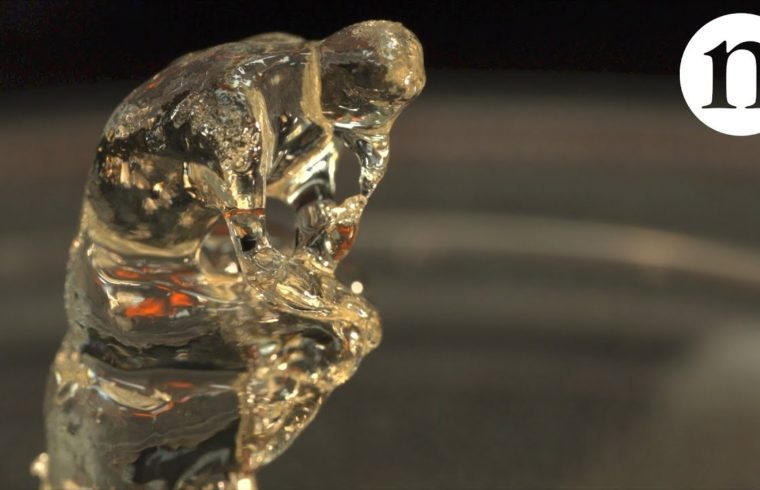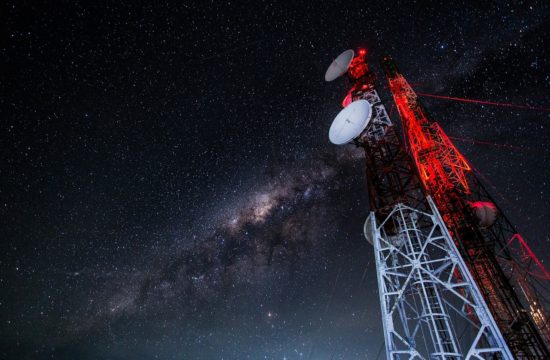Some Inventions and innovations are such that they seem unbelievable. This invention seems to be straight out of sci-fi movie. We have already seen how 3D printing can solve problem of homeless. Now 3D printing has breached another ceiling.
If you have seen Startrek then, you must be knowing of Captain’s hungry crew, in particular, that usually meant nostalgically reconstituting meals on demand to appease a sudden craving.
Although such transformation is just a fiction but, a team of real-life researchers has created a 3-D printer that can create entire objects simultaneously instead of creating them one by one painstaking layer at a time like most conventional printing techniques.
The new invention, known as Computer Axial Lithography (CAL) can carve an object out of a synthetic resin that solidifies when it comes into contact with particular patterns and intensities of light.
This has been made possible by researchers from University of California, Berkeley and the Lawrence Livermore National Laboratory. They made this possible by using a device dubbed “the replicator”
They came up with tiny airplanes and bridges, replicas of the human jaw, a screwdriver handle and minuscule replicas of Rodin’s Thinker using this technique. Watch the video below:
The team’s work was published last month in the academic journal Science.
How it works?
The CAL process is not as simple as it is seems in the video. The printing begins with a computer model of a 3D object, which is fed into a digital video projector. The machine beams the images into a rotating cylinder that is full of the synthetic resin.
The video in projections are perfectly synchronized with the cylinder’s rotation.
The CAL printing process is pretty fast and only requires two minutes to complete, researchers say. Though still in its infancy, they believe the technique could be used to create “patient-specific medical devices” and “aerospace components,” according to the article published in Science. Medical industry will benefit the most as the technology matures.
Also read:
In conventional 3-D printing, tiny ridges are left on the side of objects, but this technique produces “exceptionally smooth surfaces.” as quotes by researchers.
The CAL approach has several advantages over conventional layer-based printing methods.
This approach of printing also enables to print 3-D structures around preexisting solid components. CAL is also scalable to larger volumes. It can be used to print customised handles for tools, sports equipments, and the most promising to be able to print sophisticated contact lenses that contain electrical cicuitry.











